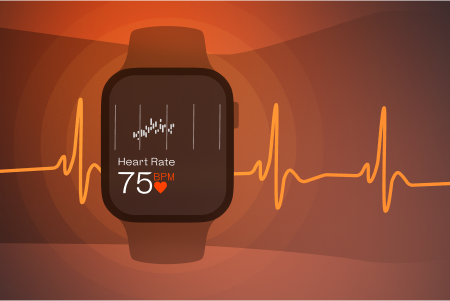
Measuring Resting Heart Rate
From manual pulse counts to the latest in app technology, dive into the transformative journey of heart rate monitoring
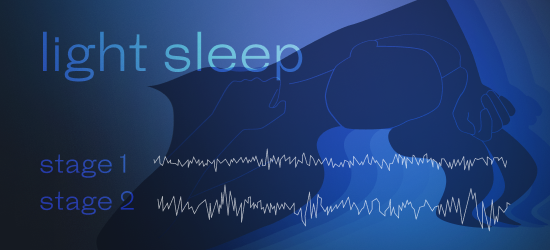
Light sleep is the first and second of four stages of sleep that people experience during their sleep cycles. Also known as NREM 1 and 2, the light sleep stage includes both the lightest and second lightest types of sleep that occur as you steadily drift from being awake to being asleep (aka, nodding off and then falling into a slumber). This stage of sleep lasts roughly 30 minutes. The lightest form of sleep lasts anywhere from 1-5 minutes and consists of about 5% of total sleep time; the second lightest form lasts about 25 minutes and consists of about 45% of total sleep time. In total, you spend about 50% of every sleep cycle in a light sleep stage.
Since your sleep cycles repeat 4-6 times throughout the night (if you get the recommended healthy 7-9 hours of sleep for adults), you’ll spend a lot of your sleeping hours in light sleep. Yet the questions remain: what is light sleep exactly, how much light sleep do you need, and how is it different from other sleep stages? Read on to learn more about this second stage of sleep.
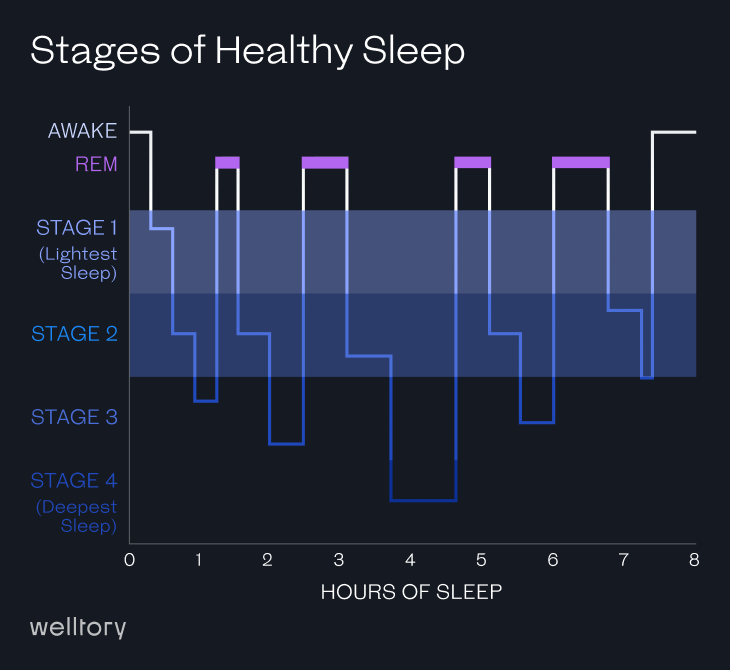
During the onset of a sleep cycle, your brain goes through electric activity differences that ultimately bring you into a light sleep stage. While you’re awake, brainwaves called beta waves are the dominant source of electric activity in the brain. As you start to feel sleepy and close your eyes, these beta waves are replaced by a slower type of brain wave called alpha waves. In short, your brain begins to break free from its daytime wakefulness patterns.
The more you drift off, the more these brain waves continue to change and lull you into sleep. In the next step of the process, alpha waves in your brain are replaced with low-amplitude fixed-frequency or LAMF activity. Once 50% of the alpha waves have been replaced with LAMF activity, your body has officially reached NREM 1. Then, as you enter NREM 2, or a slightly deeper but still light sleep phase, patterns of brain waves called sleep spindles and/or K-complexes fire off in your brain, helping you consolidate memories and stay asleep.
Get Welltory
for better sleep
Get Welltory
for better sleep
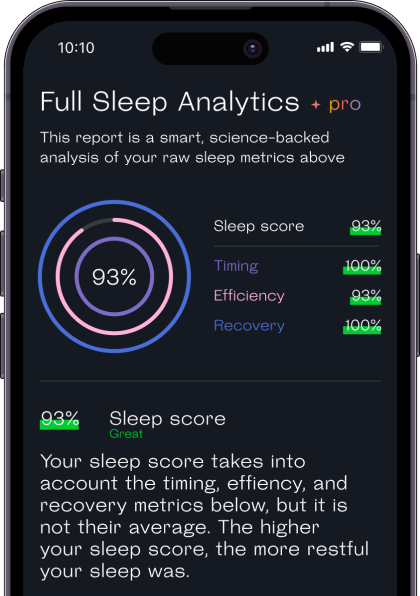
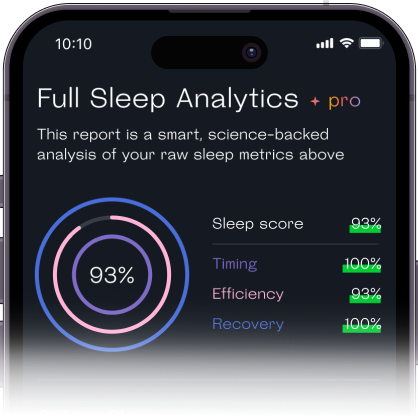

As you reach a light sleep stage, you’ll experience various physiological changes. First, your heartbeat, breathing, and eye movements slow, and your muscles relax. If you’ve ever noticed that your muscles twitch while you’re drifting off to sleep, it’s a result of these natural changes. These twitches are called hypnic jerks or hypnic myoclonia and are extremely common in NREM 1. Then, your brain activity continues to slow during NREM 2 (aka, pulling you deeper into sleep). Teeth grinding is also common and typically seen during NREM 2 sleep.
Some well-known examples of light sleep are nodding off during a movie or lecture. People in light sleep stages can easily be woken up, unlike when they reach deep sleep.
Since light sleep makes up about half of your entire sleep cycle, it’s an important step your body takes to rest and recover. While deep sleep is known to be restorative (and helps you wake up feeling refreshed), light sleep gets you to that point and matters just as much for your health, wellness, and overall sleep patterns.
Light sleep is extremely good for you because it helps your brain block out or reduce responses to external stimuli, or things that could potentially keep you awake and/or wake you up. In fact, your arousal threshold, or how likely you are to wake up, is actually at the lowest during a light sleep stage and steadily increases as you move into deeper stages of sleep.
Every sleep stage plays a critical role in brain function and overall health. The full sleep cycle, including light sleep, helps regulate your metabolism, appetite, immune system, hormones, and heart health. Welltory can help you keep your sleep schedule on track by measuring your stress and energy levels since stress is a key contributor to insomnia or trouble falling asleep. Welltory can show you when your energy levels are low and let you know when a nap may benefit you.
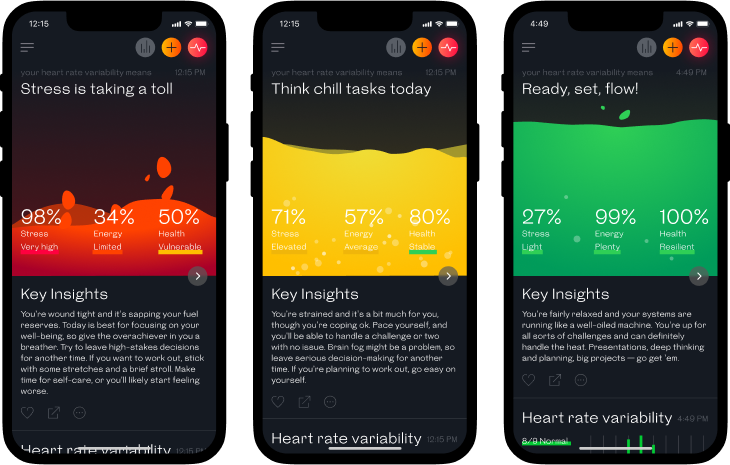
Welltory’s measurements give you insights into how your body’s feeling
How much light sleep do you need? The answer is simple: as much as your body gives you. It’s nearly impossible to get too much or too little light sleep since light sleep occurs automatically anytime you go. You can, however, develop NREM-related sleep disorders, like sleepwalking or night terrors, which can change the depth of sleep stages. While these sleep disorders typically occur in sleep stage three, they may occur in one and two.
Still, even though it’s important to get enough sleep overall, be careful not to oversleep. Instead of making you feel better or helping you recover from a night of lost sleep, oversleeping regularly can disrupt your sleep cycle and contribute to depression or anxiety, among other concerns.
It’s possible to gauge how much sleep you truly get. Wearable fitness trackers like Fitbit and Apple Watch can track your sleep cycle, including how much time you’re spending in each stage of sleep. When you sync your tracker with Welltory, you’ll get a deeper sleep analysis, including a sleep score.
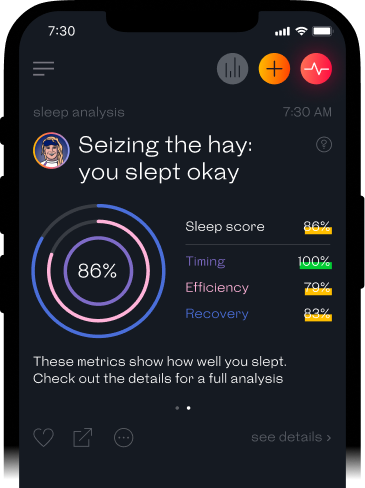
A sample sleep score in Welltory
Your sleep score is an average of your timing, efficiency, and recovery in regards to how long and well you slept. Just remember: as long as you’ve slept a healthy amount, you’ve definitely achieved light sleep.
Welltory Team, 14 November. 2022

From manual pulse counts to the latest in app technology, dive into the transformative journey of heart rate monitoring
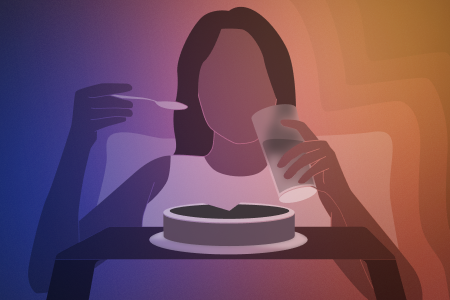
Discover the intricate relationship between late-night eating and its impact on sleep duration and quality
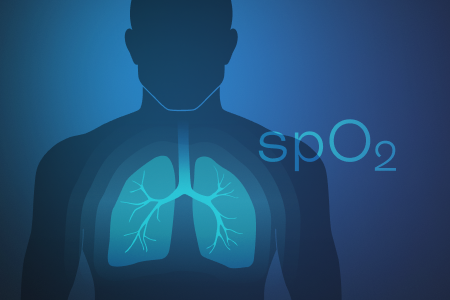
From boosting cognitive function to enhancing physical performance, discover the impact of blood oxygen levels on various aspects of health
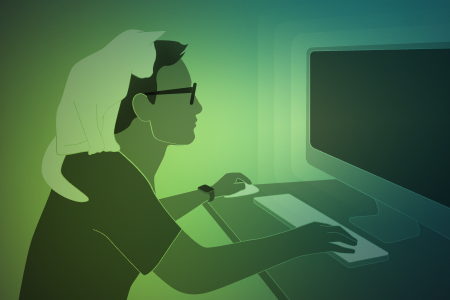
The relationship between stress and productivity and how Welltory can help you plan better
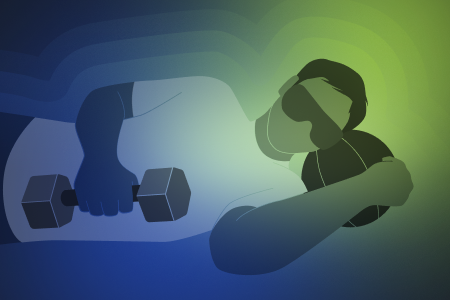
Does sleeping burn any calories, should you exercise right before bed and how much do you need to sleep to burn a 1000 Cal
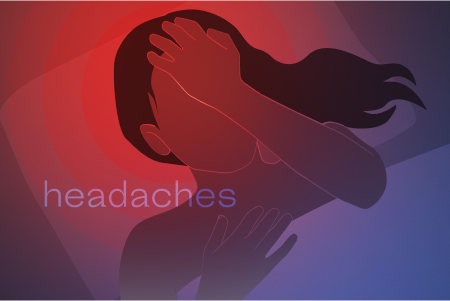
All you needed to know about headaches at night – types of nighttime headaches, their causes, possible treatment and how to avoid them.
 App Store
App Store
 Google Play
Google Play
 Huawei AppGallery
Huawei AppGallery
 Galaxy Store
Galaxy Store







